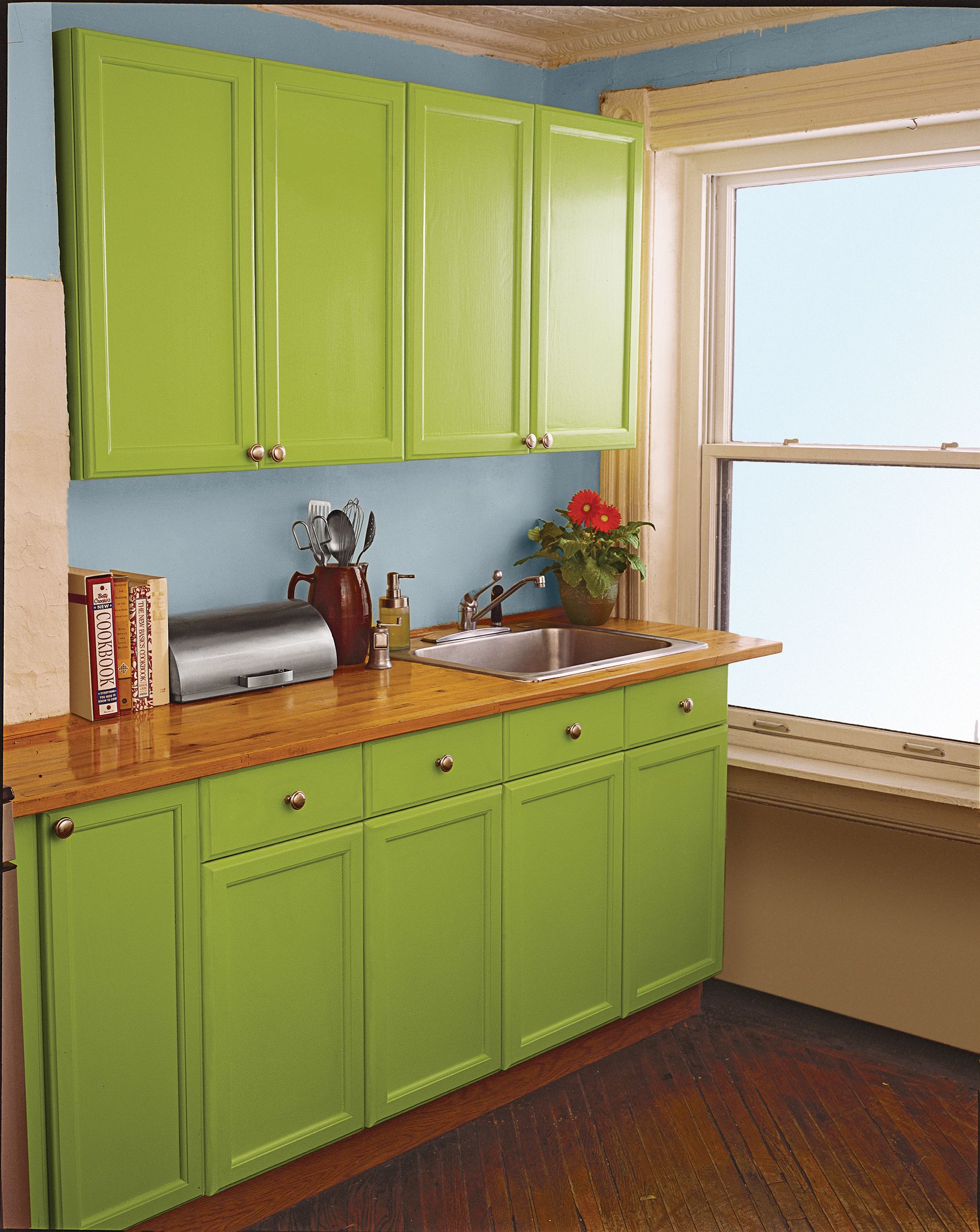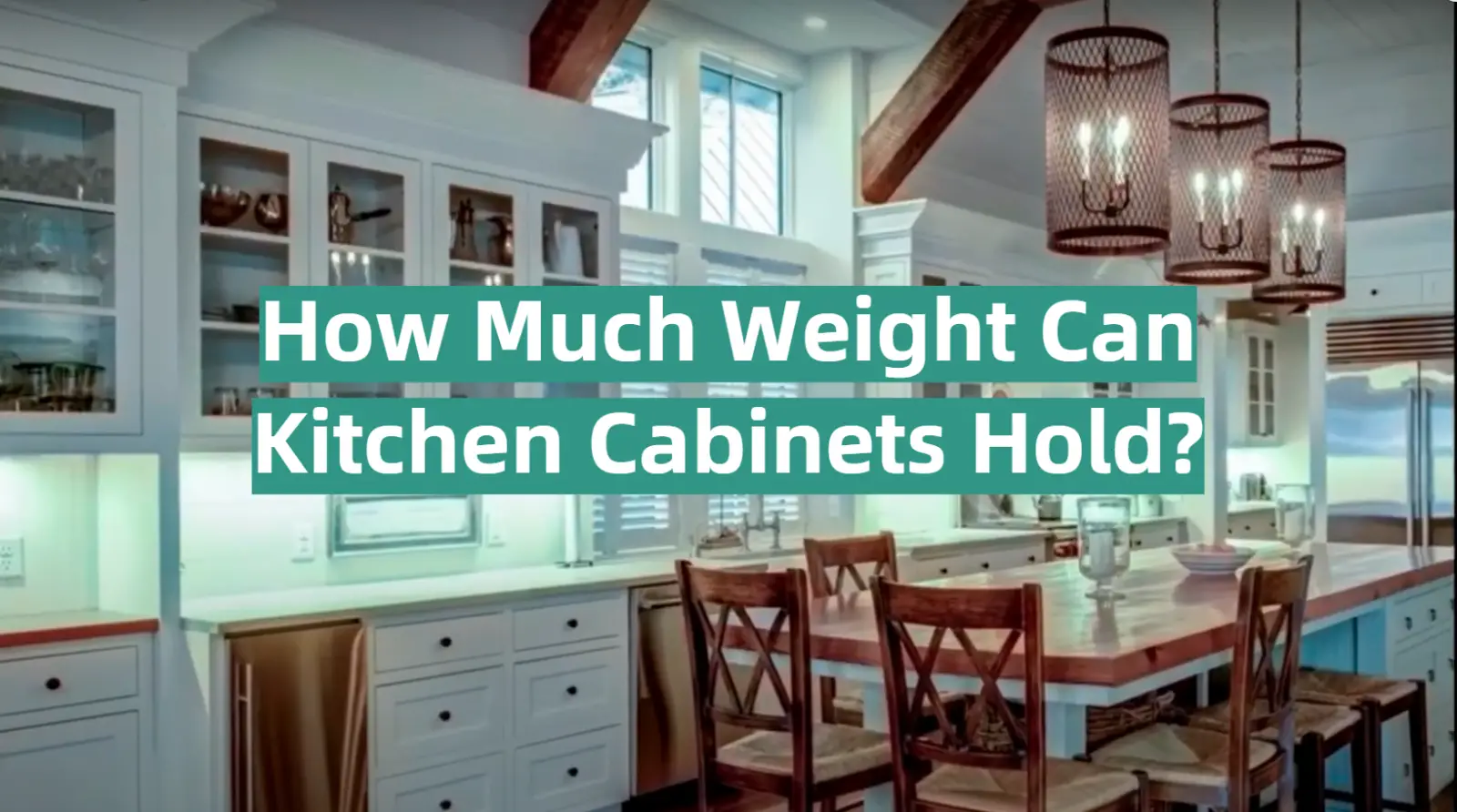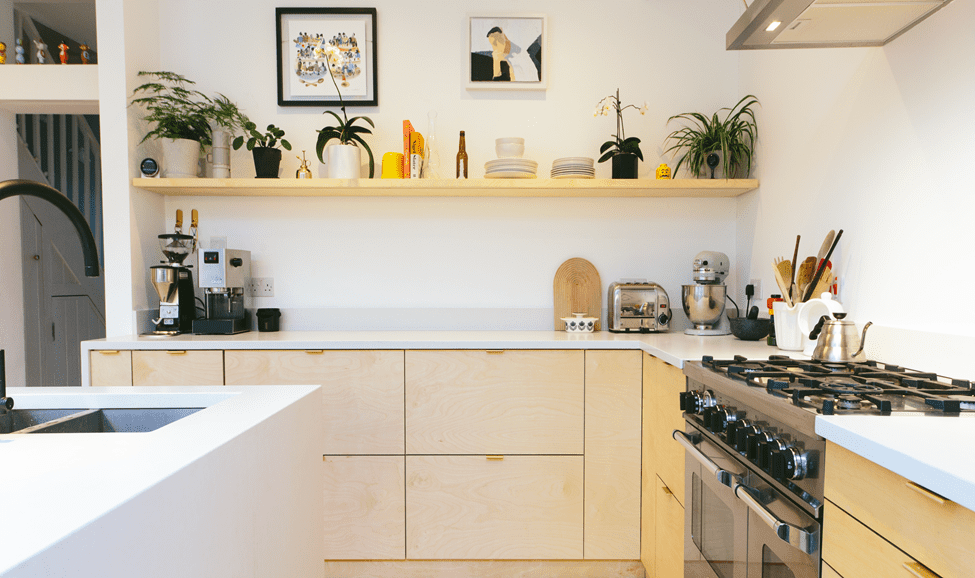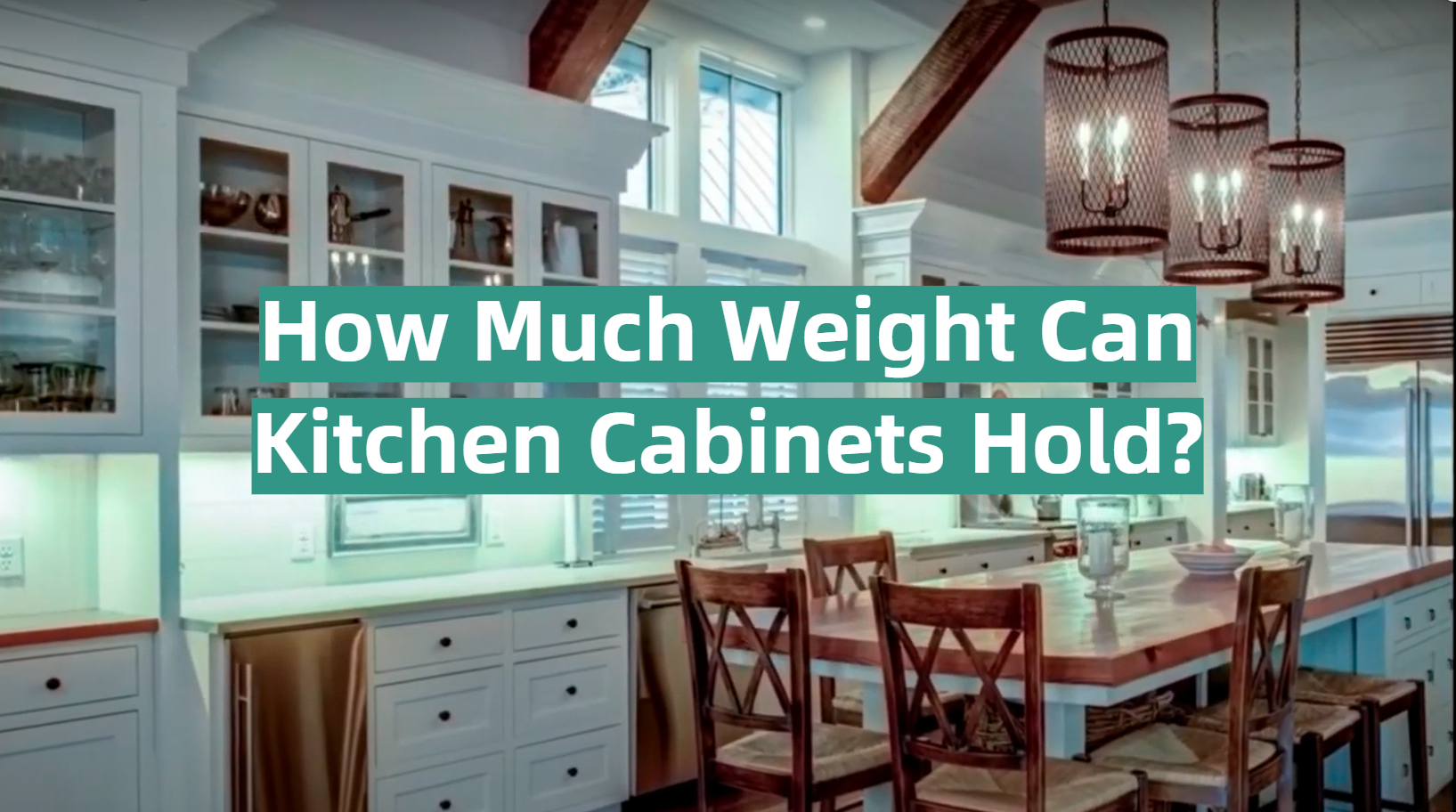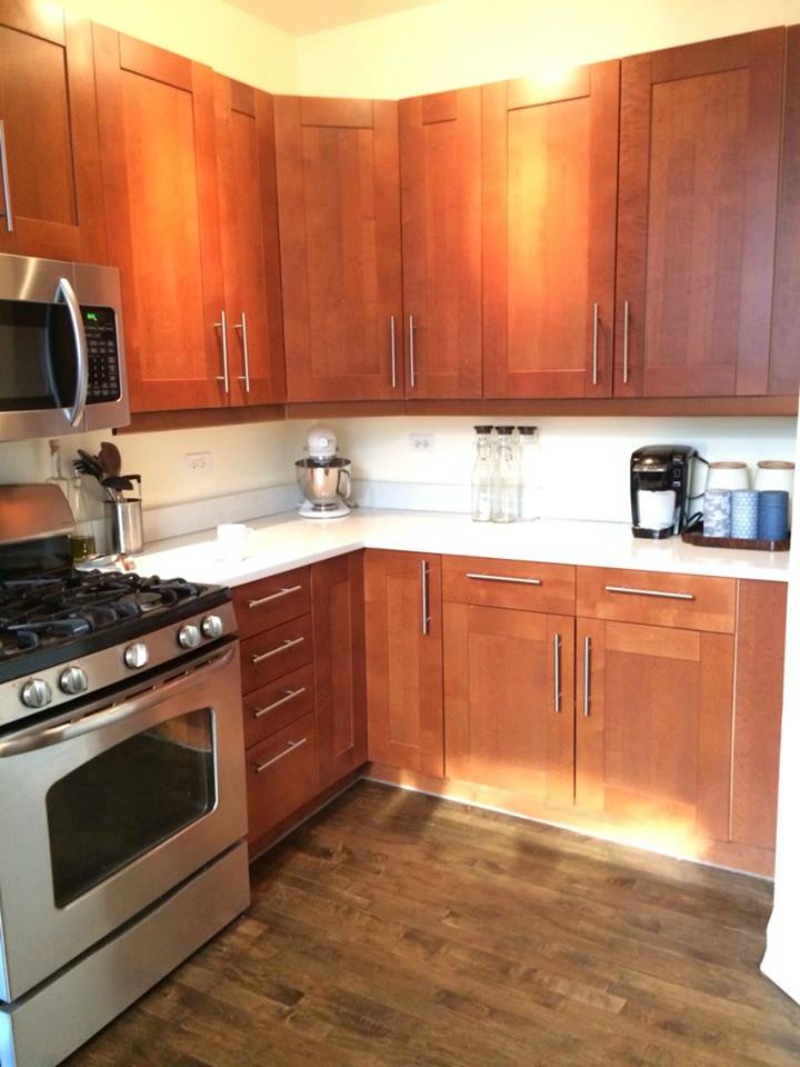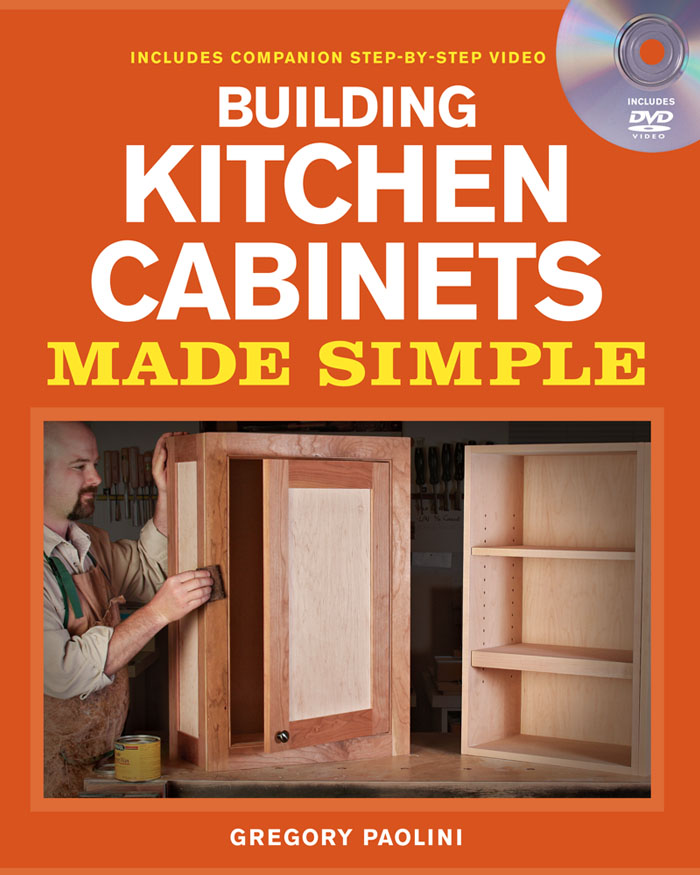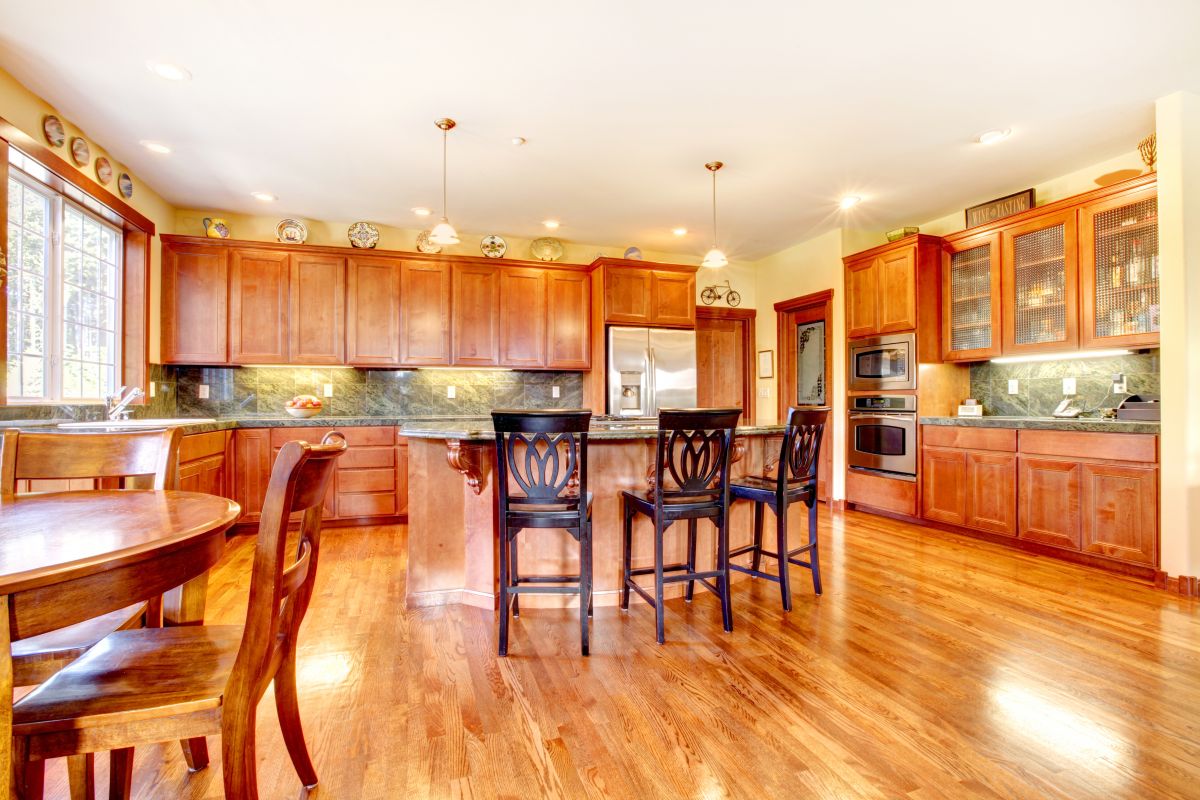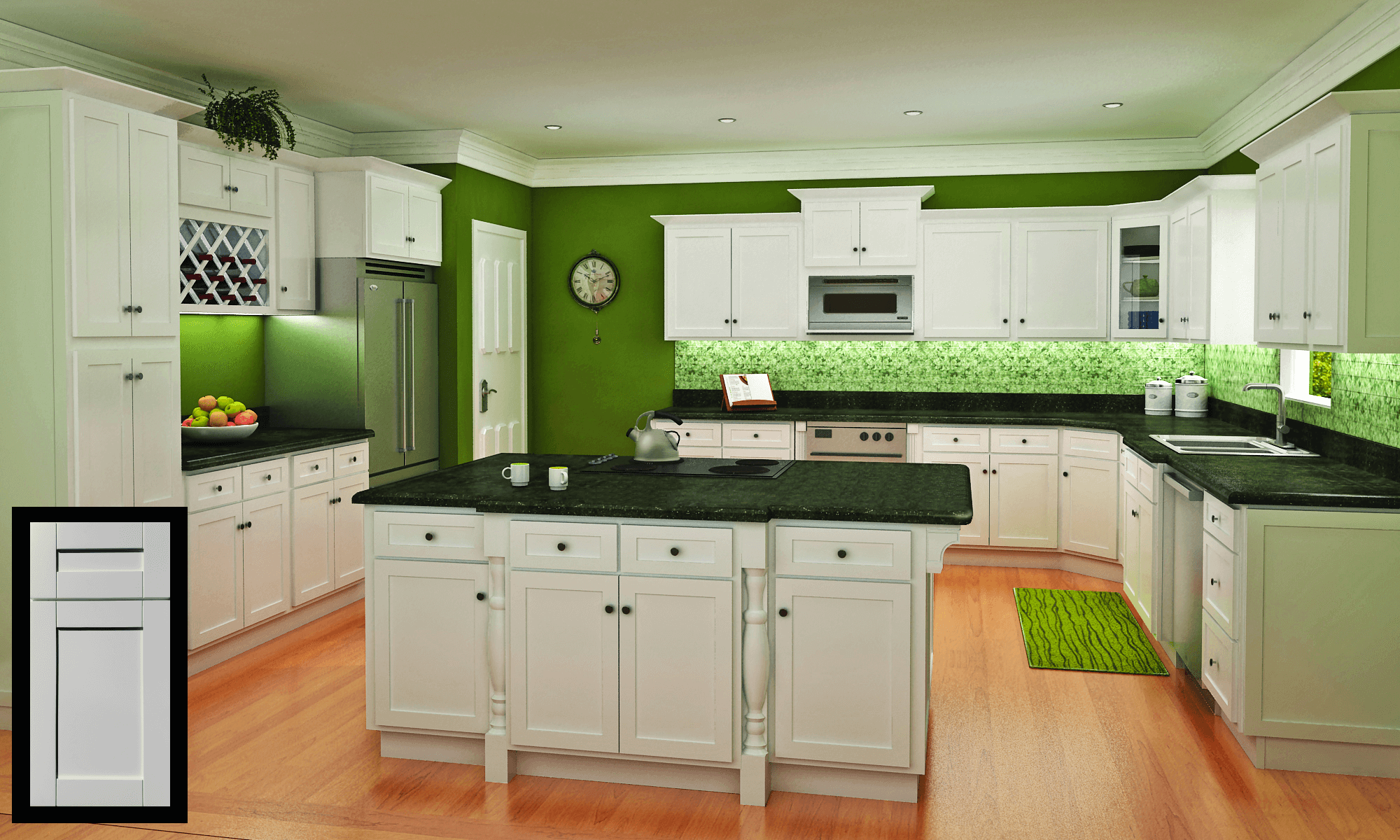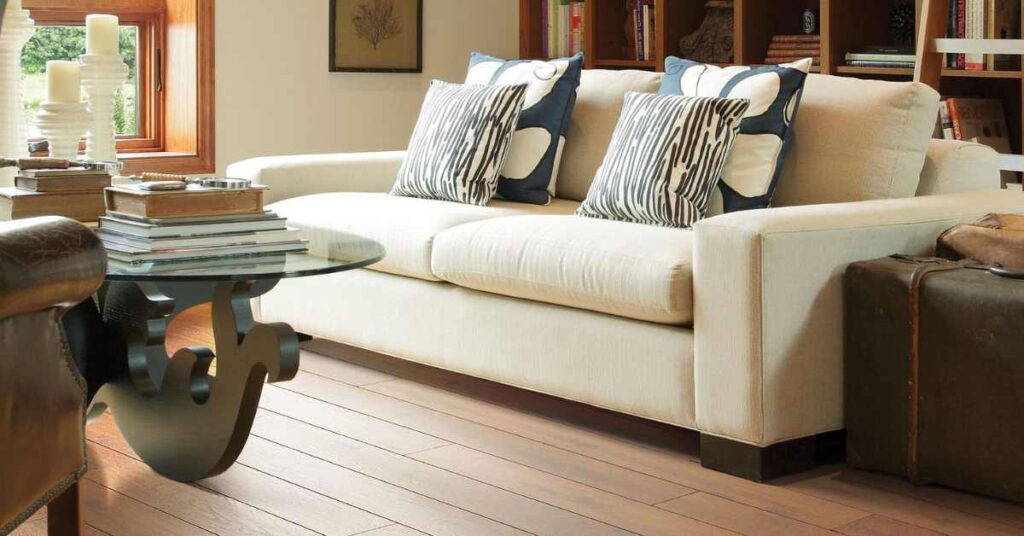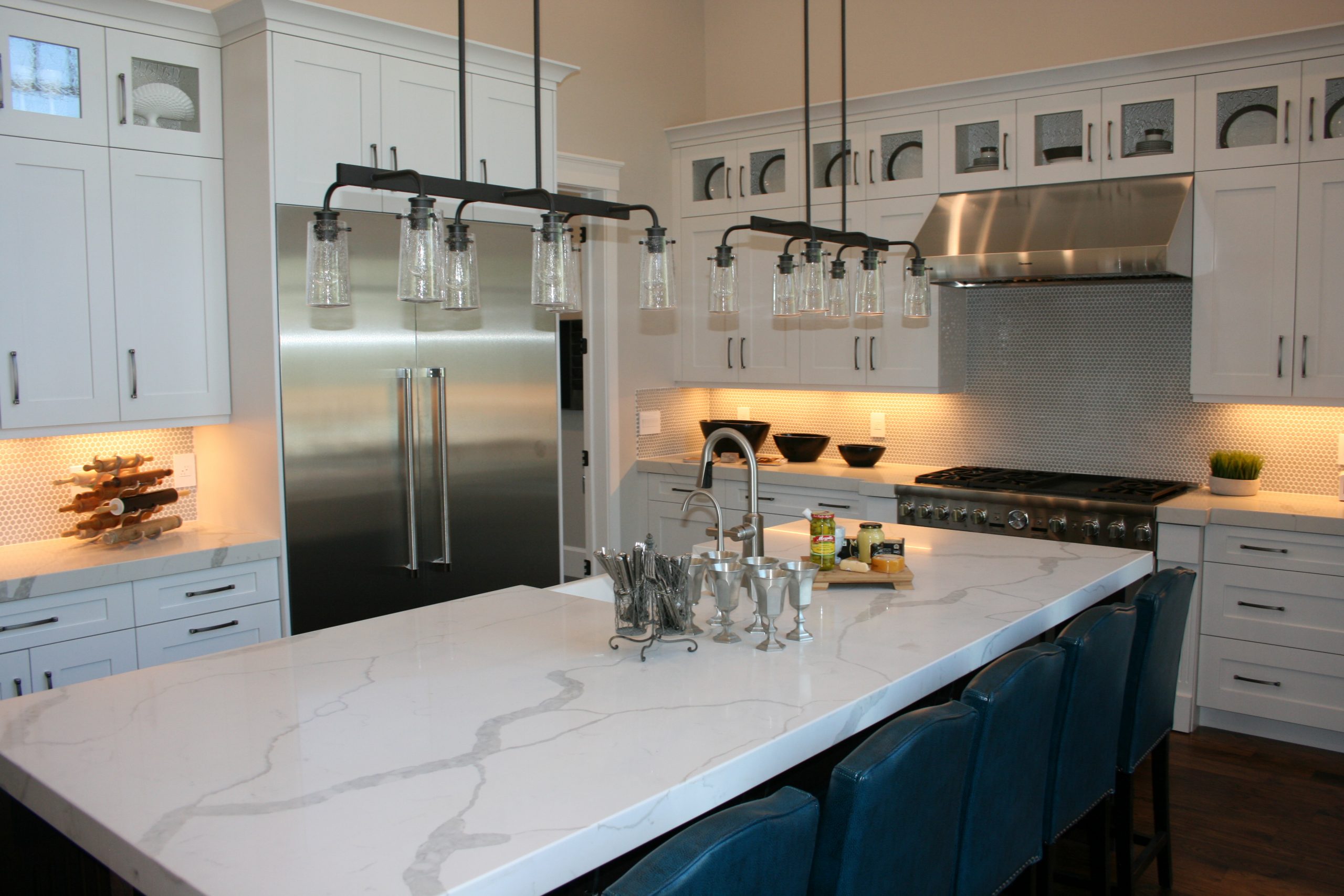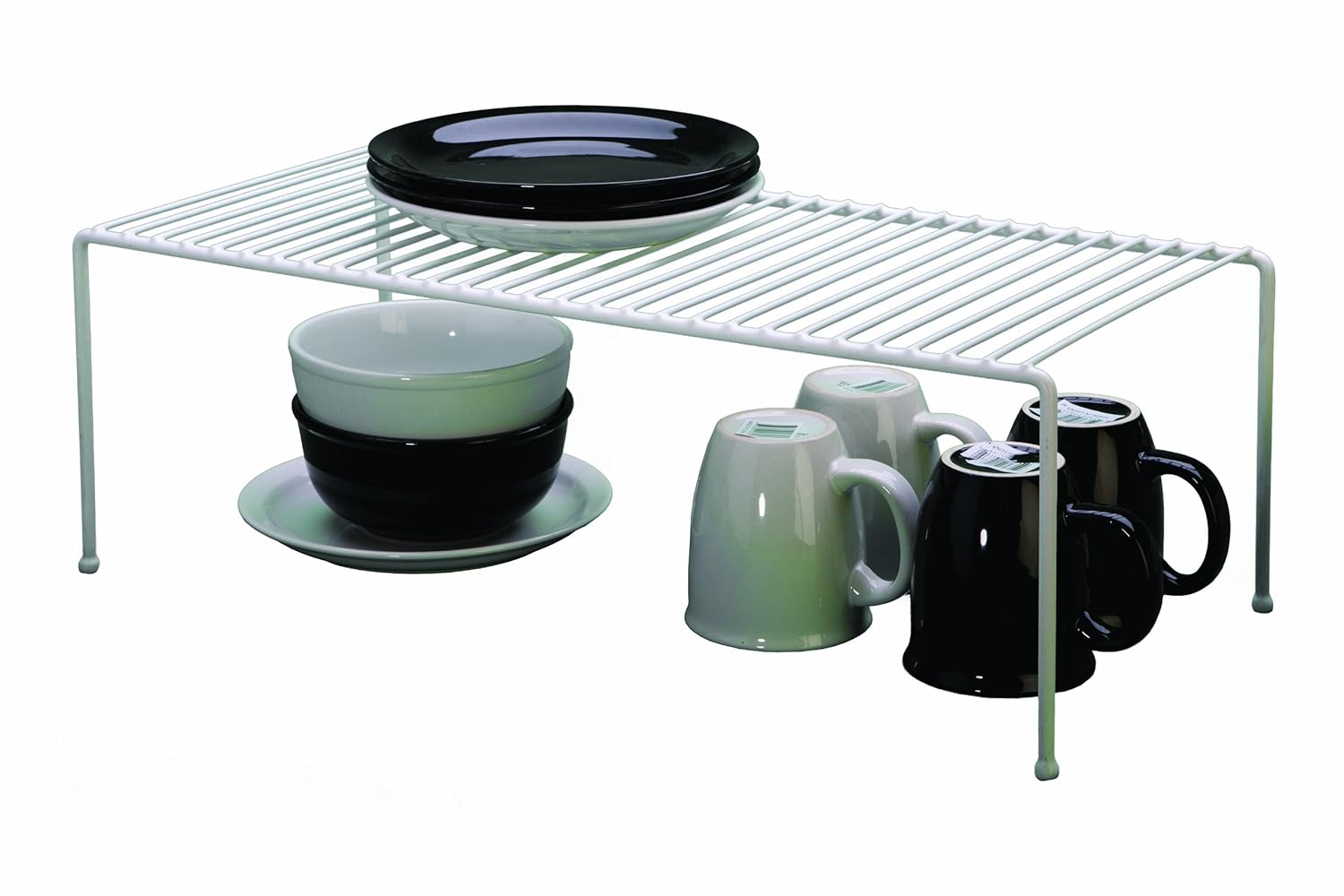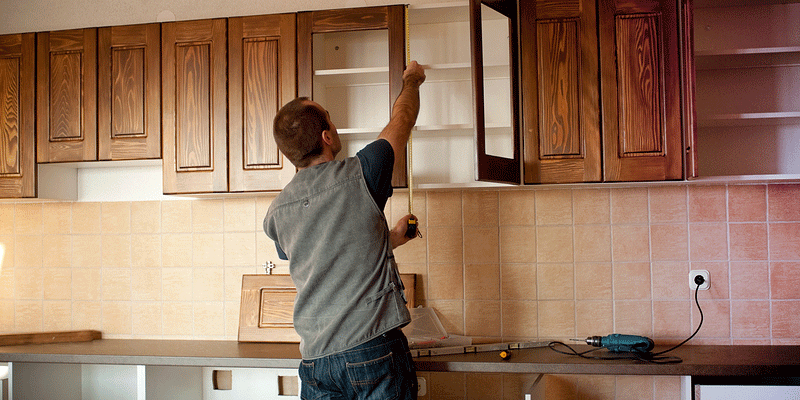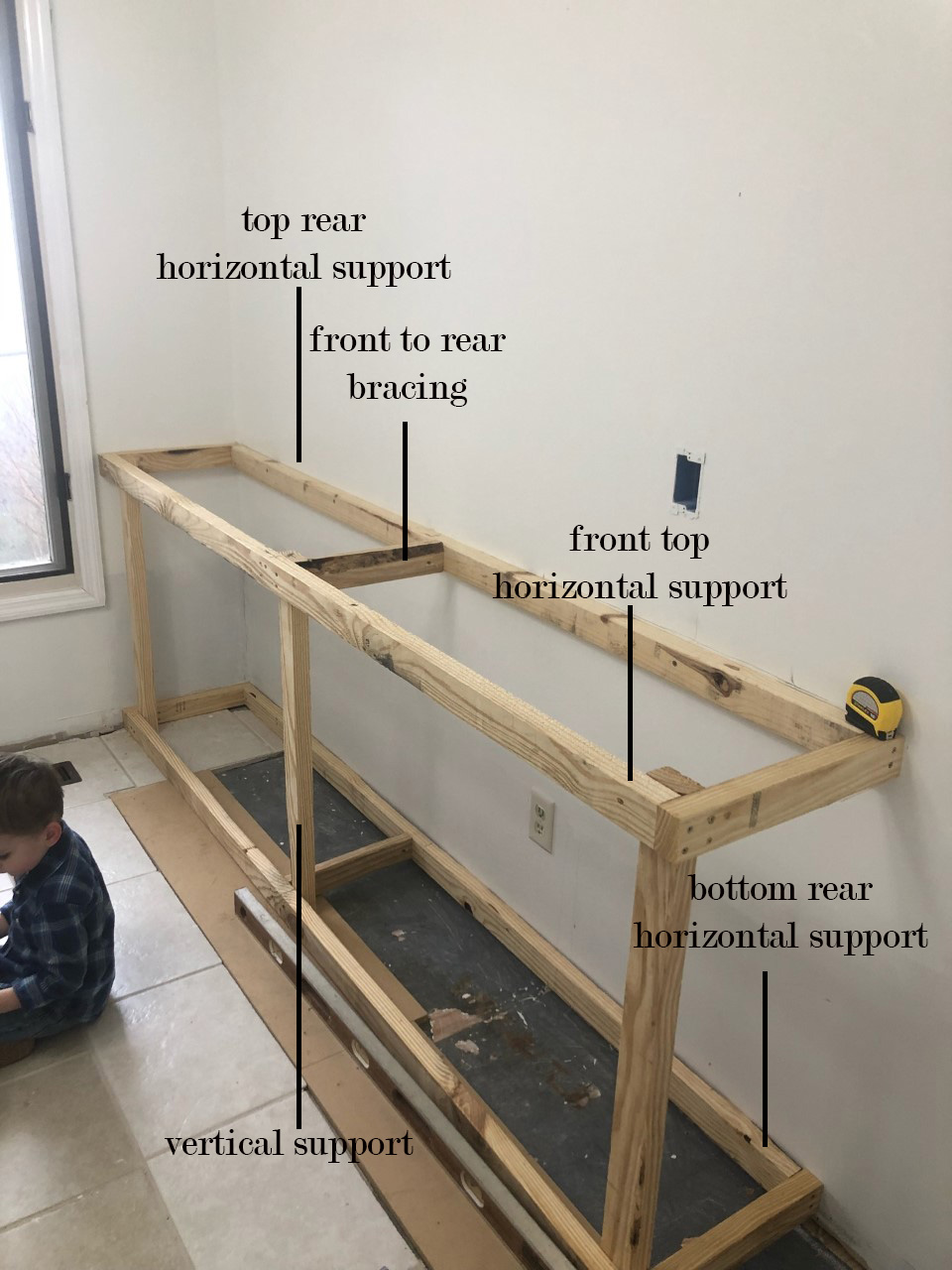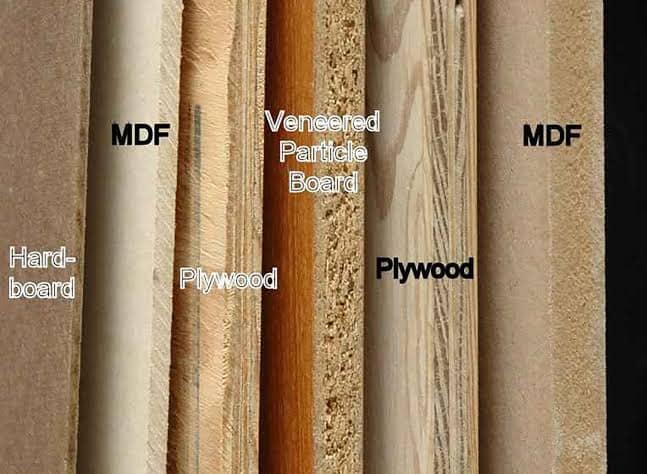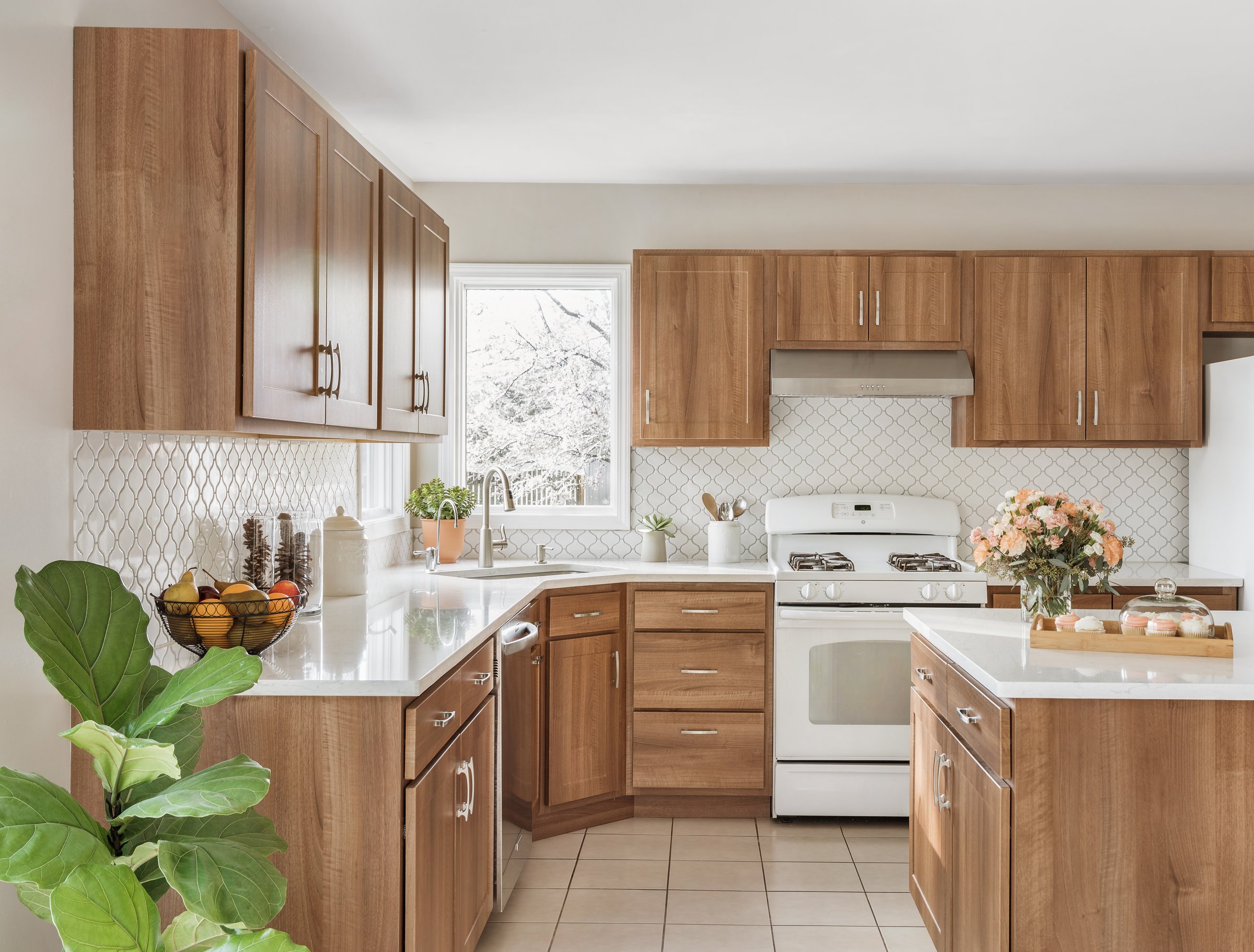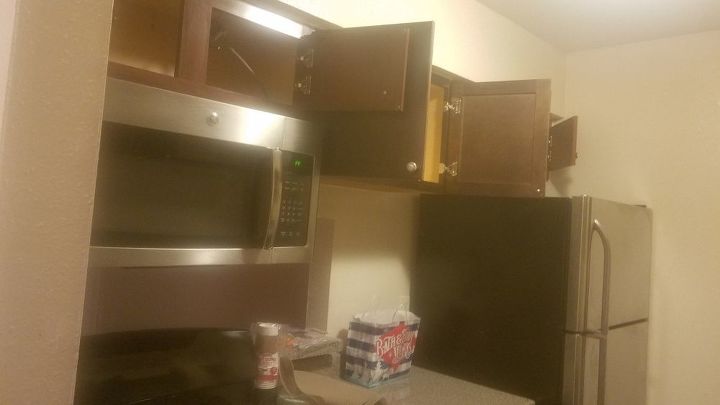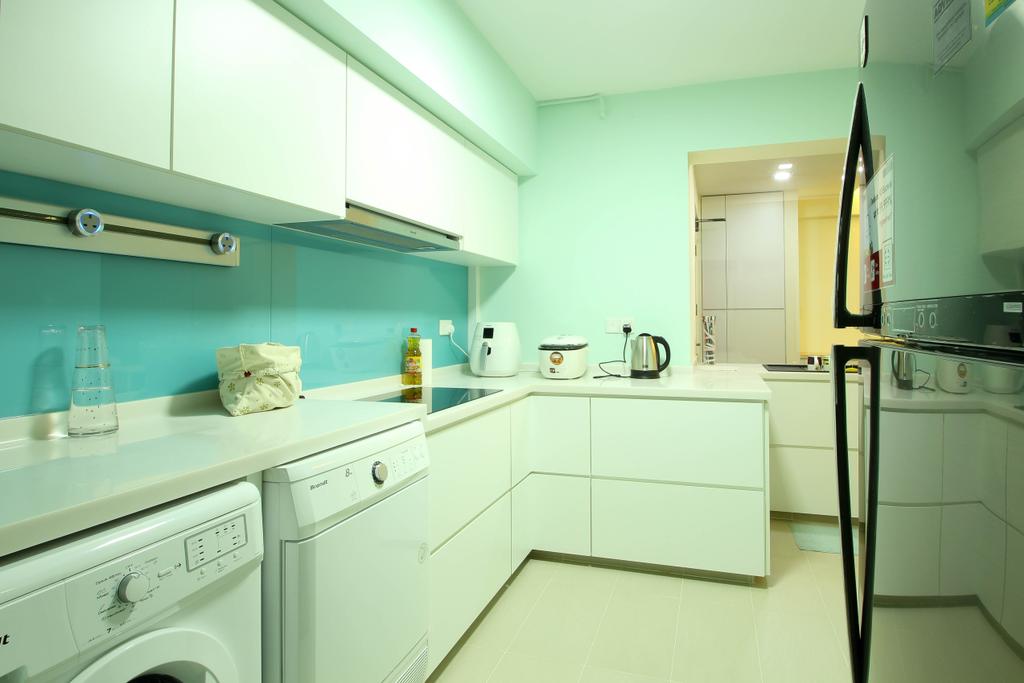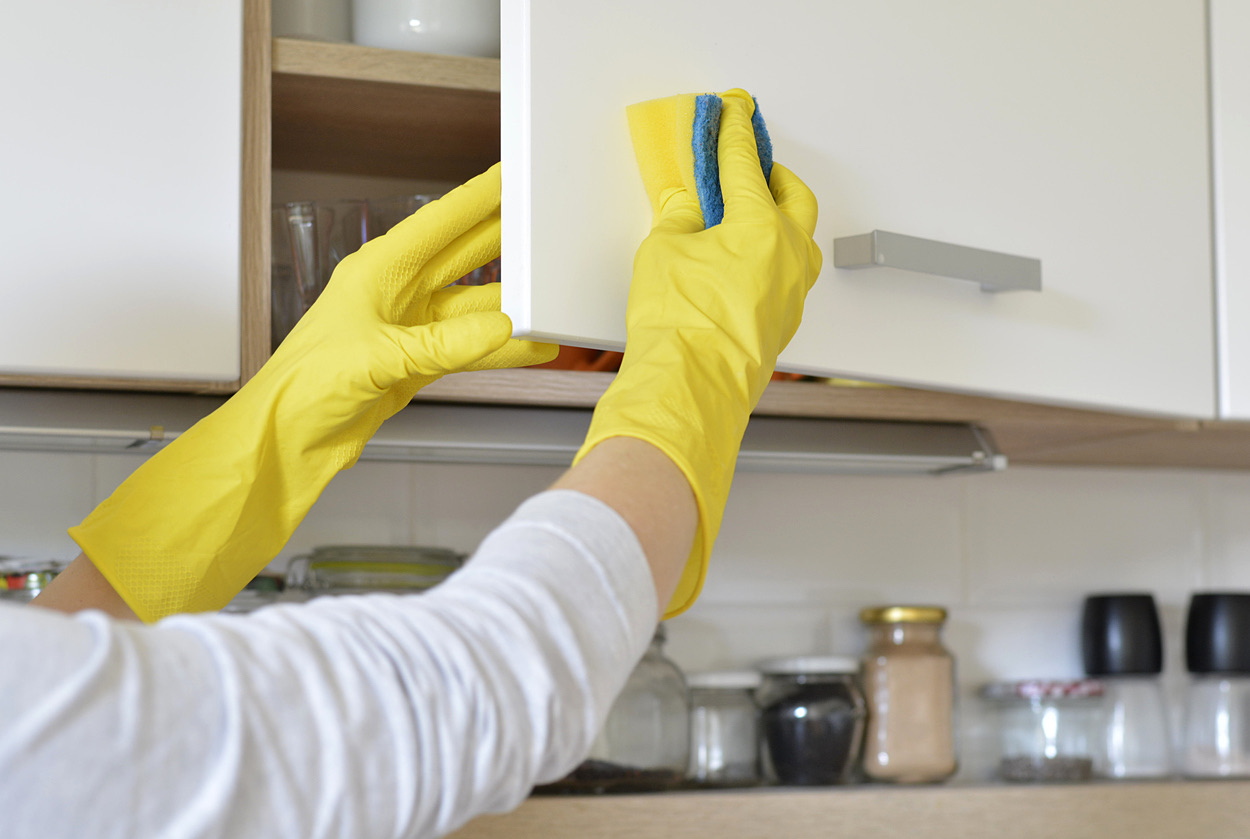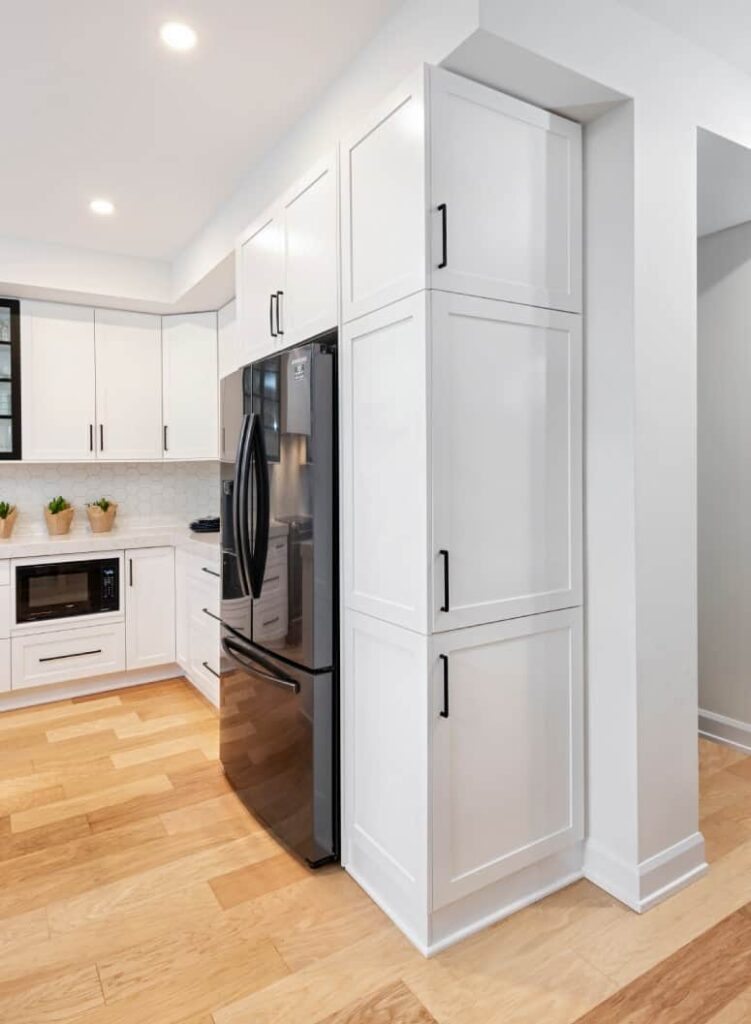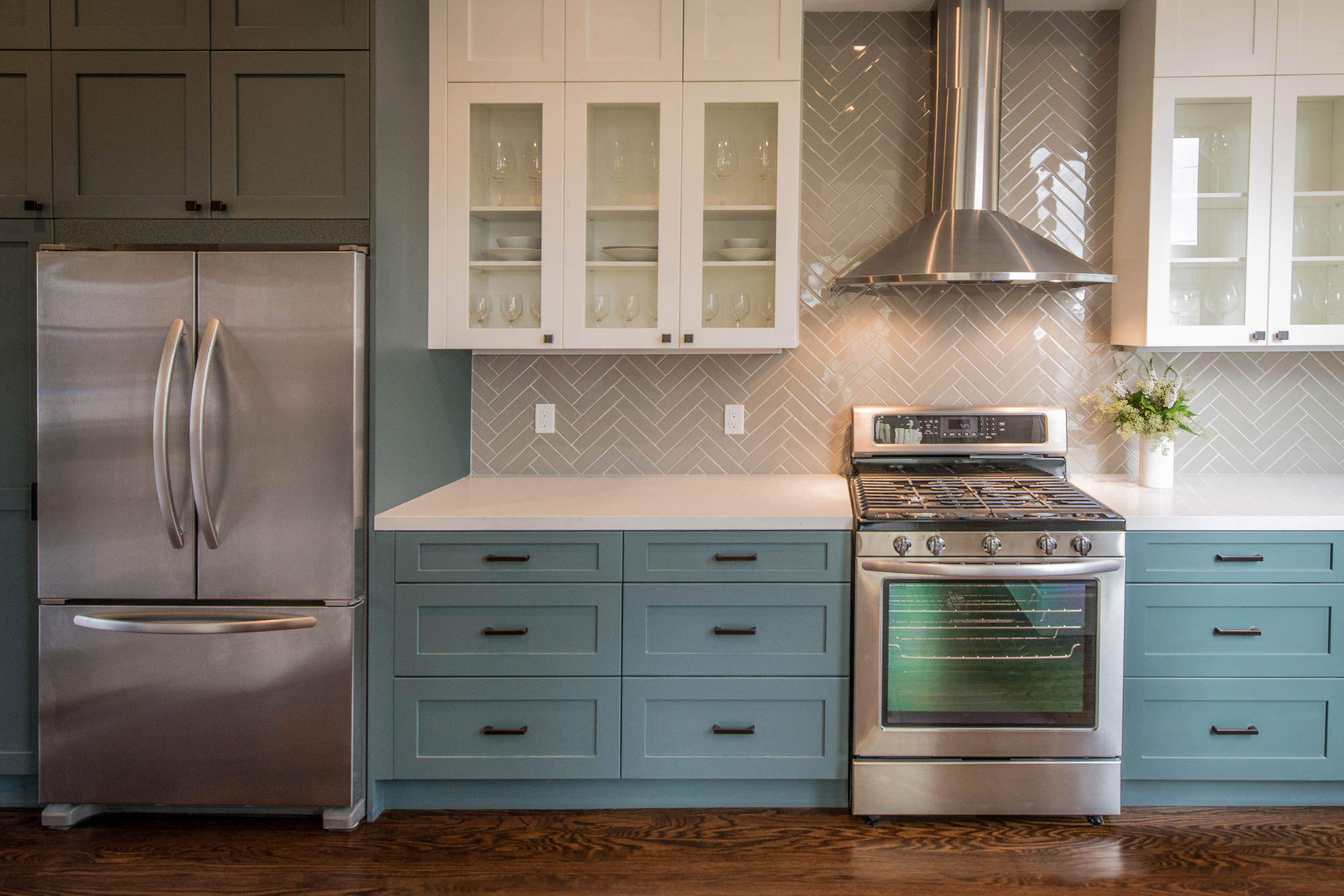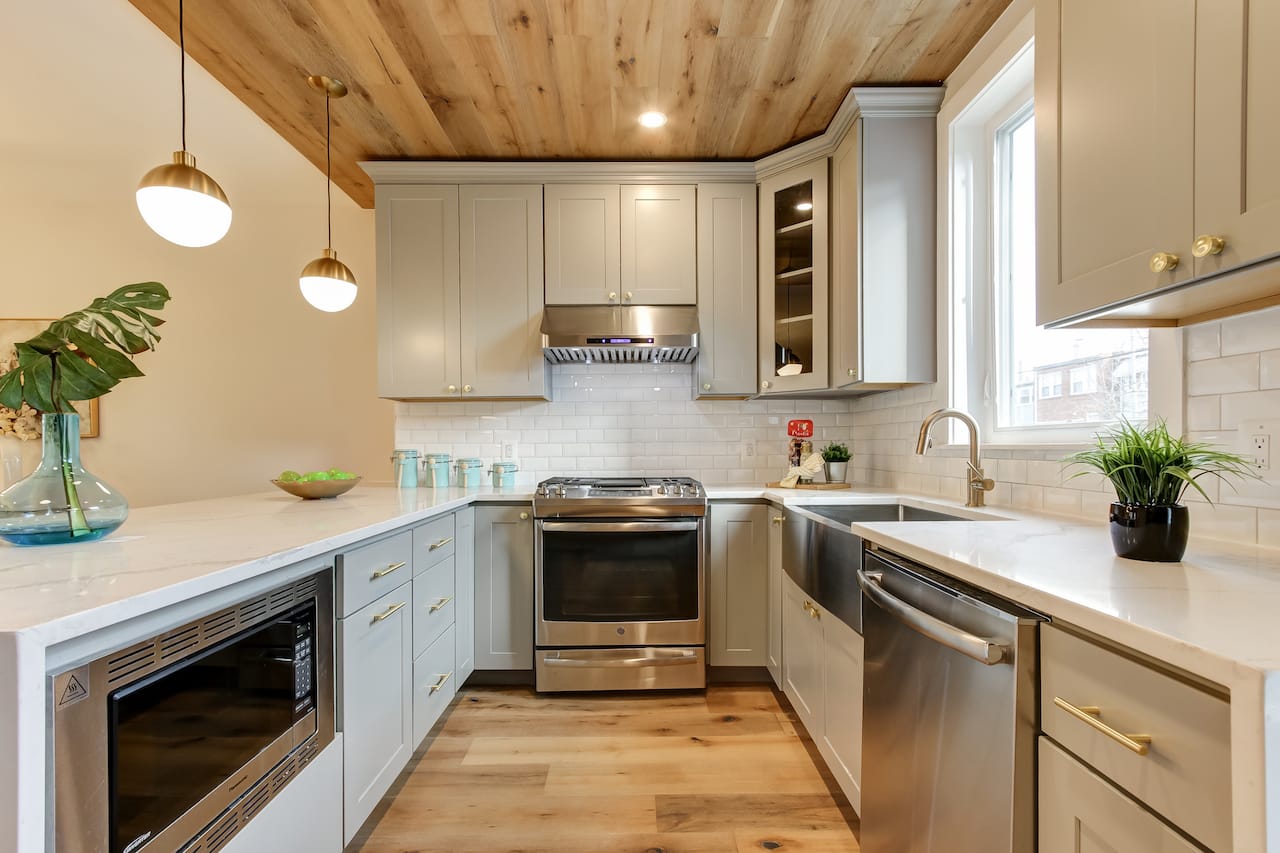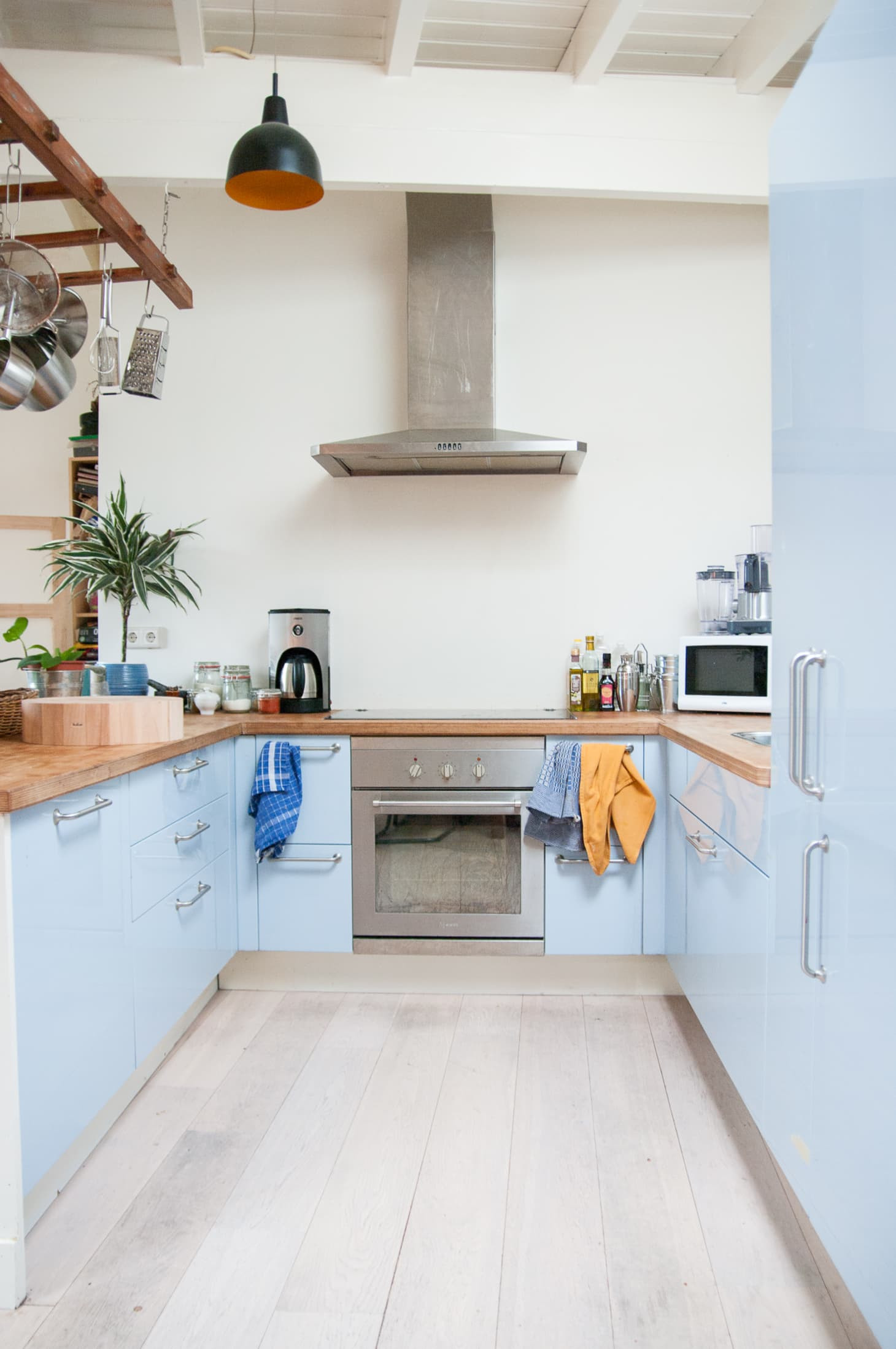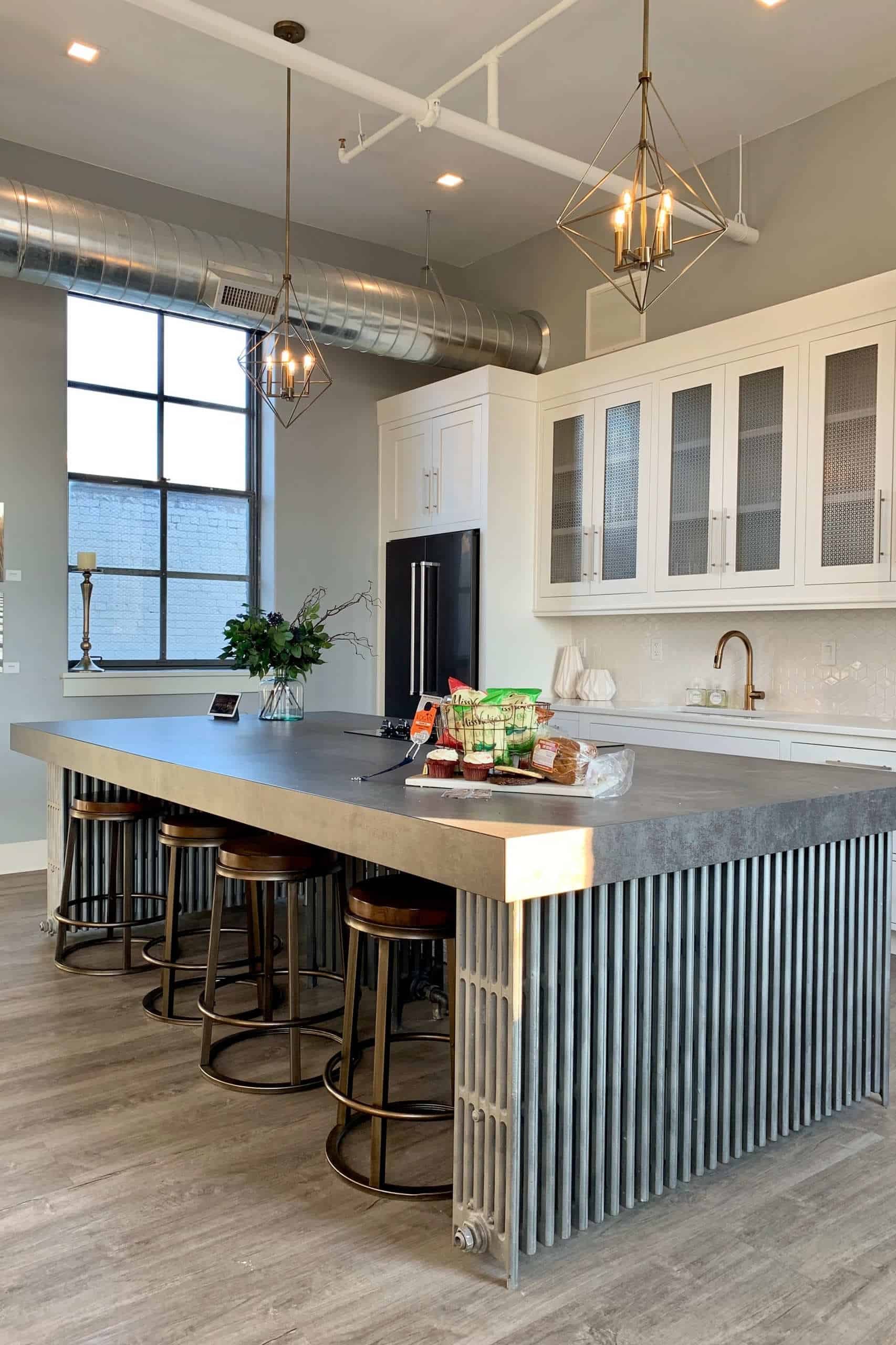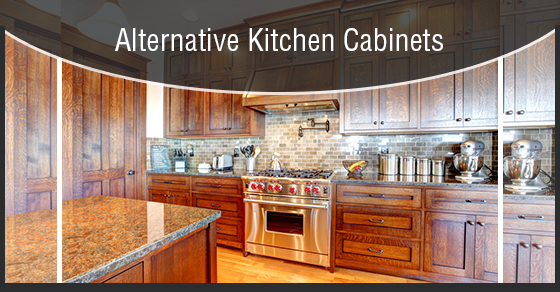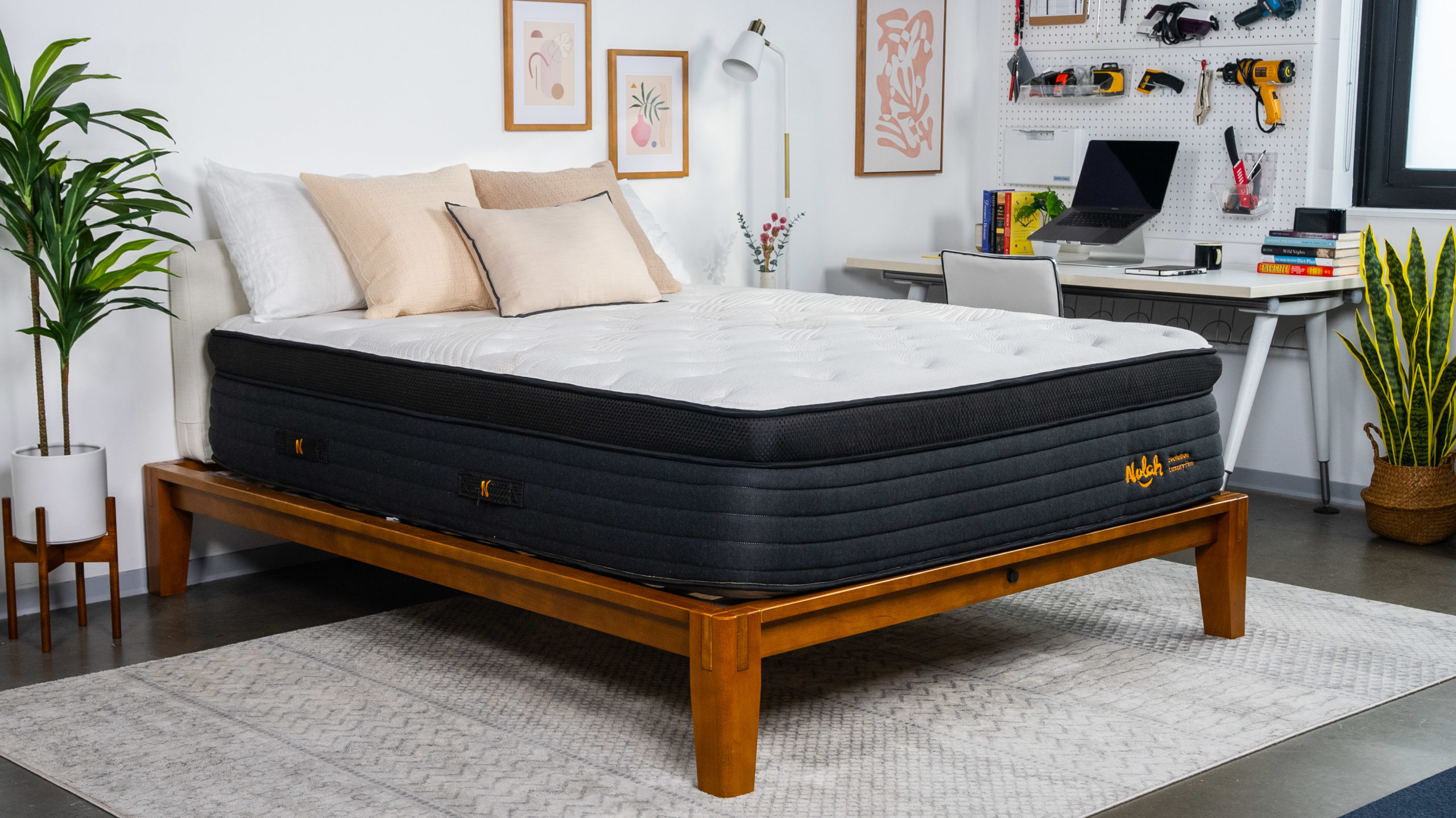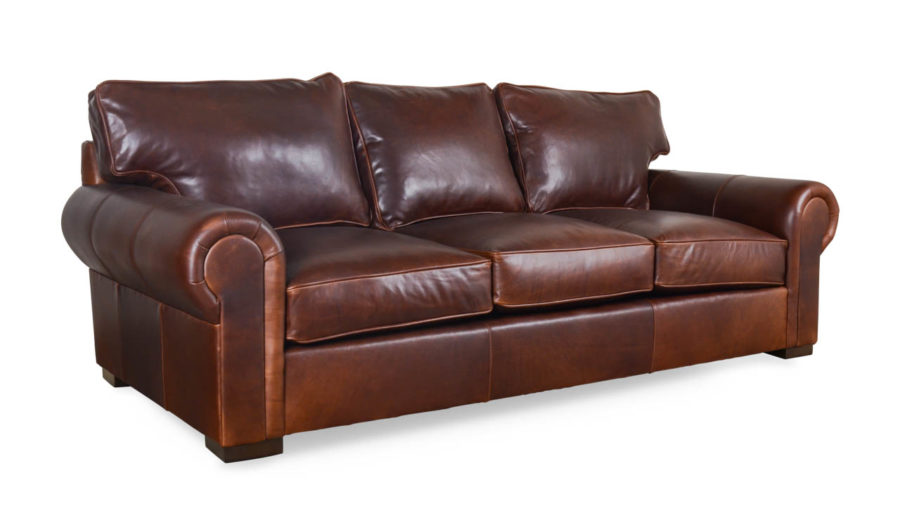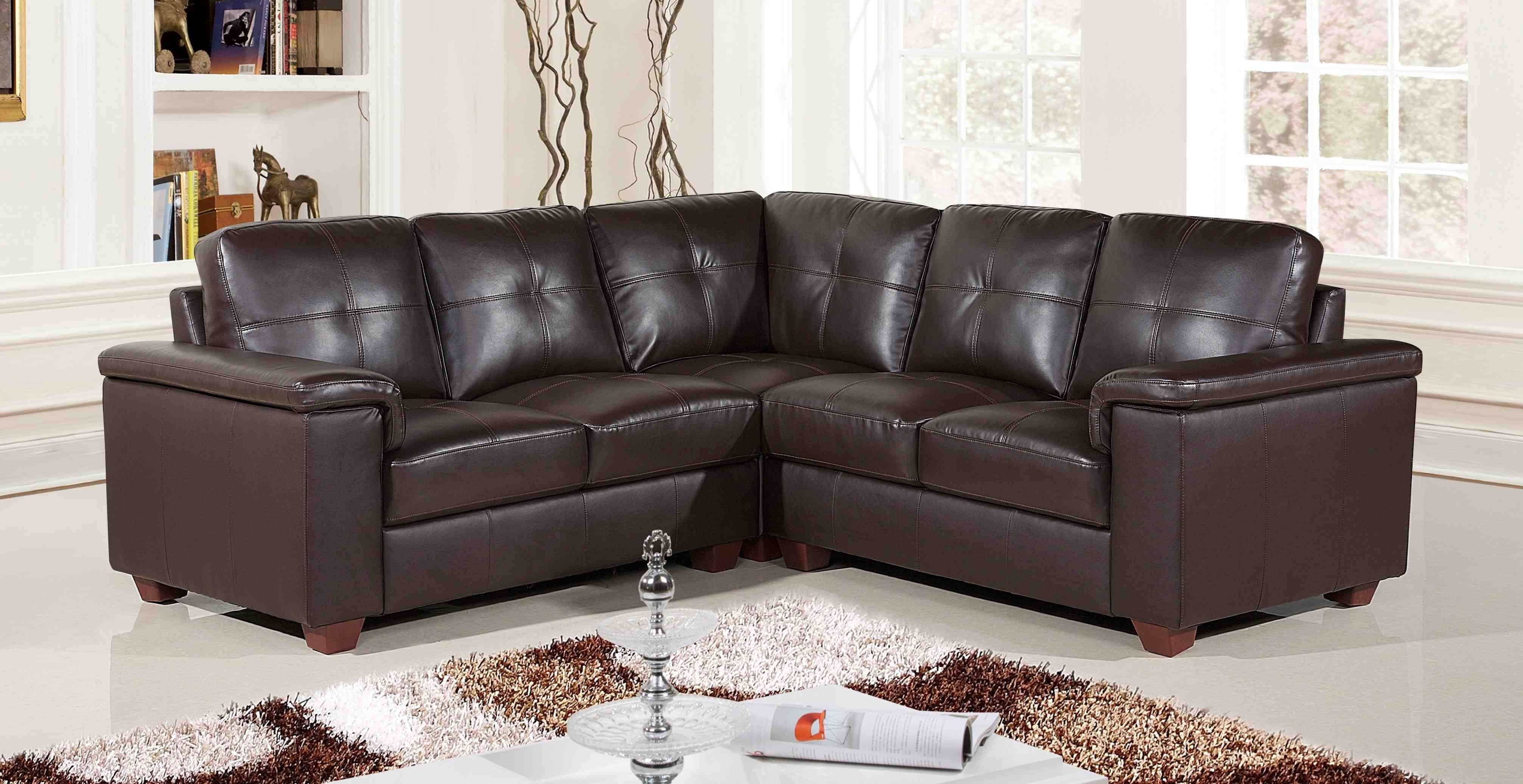When it comes to kitchen cabinets, one of the most common concerns is whether they can hold weight on top. Many homeowners want to utilize the space on top of their cabinets for storage or decorative purposes, but are unsure if their cabinets are strong enough to support the weight. The answer to this question is not a simple yes or no, as it depends on a few factors. In this article, we will discuss everything you need to know about the weight capacity of kitchen cabinets and how to safely use the space on top of them.Can Kitchen Cabinets Hold Weight on Top?
The weight capacity of kitchen cabinets can vary greatly depending on the material, construction, and installation method. On average, most cabinets can hold between 50 to 100 pounds on top. But this weight limit can be significantly lower for cabinets made of particleboard or MDF, which are not as strong as solid wood cabinets. It is important to note that this weight limit applies to evenly distributed weight. Placing a heavy object in one spot can cause the cabinet to sag or even break.How Much Weight Can Kitchen Cabinets Hold?
To determine the weight capacity of your kitchen cabinets, you need to consider the type of material they are made of, the thickness and construction of the shelves, and how they are installed. Solid wood cabinets are generally the strongest and can hold the most weight, followed by plywood cabinets. Particleboard and MDF cabinets have a lower weight capacity and can be more prone to damage from moisture and heavy weight. Additionally, the thickness and construction of the shelves can also affect the weight capacity. Thicker and sturdier shelves can hold more weight than thin and flimsy ones.Weight Capacity of Kitchen Cabinets
While kitchen cabinets are designed to hold weight, it is not recommended to place heavy items on top of them. The weight limit for most cabinets is for evenly distributed weight, so placing heavy objects on top can cause the cabinet to sag or even break. It is best to avoid putting heavy items on top of kitchen cabinets, especially if they are made of particleboard or MDF.Can You Put Heavy Items on Top of Kitchen Cabinets?
The weight limit for kitchen cabinet shelves can also vary depending on the material and construction. As mentioned before, solid wood and plywood shelves are the strongest and can hold more weight than particleboard or MDF shelves. It is important to also consider the spacing between the shelves. The more space between the shelves, the less weight they can hold. It is best to consult with a professional or refer to the manufacturer's guidelines for the weight limit of your specific cabinet shelves.Weight Limit for Kitchen Cabinet Shelves
If you are unsure about the weight capacity of your kitchen cabinets, there are a few ways to determine if they can hold weight. First, you can refer to the manufacturer's guidelines for the weight limit of your specific cabinets. You can also inspect the construction of your cabinets. Solid wood or plywood cabinets with sturdy shelves are more likely to hold weight than particleboard or MDF cabinets with flimsy shelves. Additionally, you can consult with a professional to assess the weight capacity of your cabinets.How to Determine if Kitchen Cabinets Can Hold Weight
If you want to utilize the space on top of your kitchen cabinets for storage, there are a few materials that can safely support weight. The most common materials used for this purpose are wooden crates, baskets, or bins. These items are lightweight and can evenly distribute weight, making them a suitable option for placing on top of kitchen cabinets. Other options include decorative items such as fake plants or artwork, which are also lightweight and can add a nice touch to your kitchen decor.What Materials Can Support Weight on Top of Kitchen Cabinets?
If you want to place heavy items on top of your kitchen cabinets, it is important to reinforce them to ensure they can safely support the weight. One way to do this is by adding support brackets or braces underneath the cabinets. These can help distribute the weight and prevent the shelves from sagging. Additionally, you can install additional screws or nails to secure the shelves in place. However, it is always best to consult with a professional for proper reinforcement techniques.How to Reinforce Kitchen Cabinets for Heavy Items
When it comes to utilizing the space on top of kitchen cabinets, there are some common mistakes that homeowners make. One of the most common mistakes is placing heavy items on top without considering the weight limit of the cabinets. This can cause damage to the cabinets and even pose a safety hazard. Another mistake is placing items too close to the edge of the cabinet, which can cause the cabinet to become unbalanced and potentially tip over. It is important to evenly distribute weight and avoid placing heavy items near the edges.Common Mistakes When Putting Weight on Top of Kitchen Cabinets
If you are concerned about the weight limit of your kitchen cabinets, there are alternative options for utilizing the space on top. You can install floating shelves or cabinets that are specifically designed for added weight. These options are sturdier and can hold more weight than traditional cabinets. Additionally, you can use the space for decorative purposes by adding some plants, artwork, or other lightweight items. This can add a touch of style to your kitchen without risking damage to your cabinets.Alternatives to Putting Weight on Top of Kitchen Cabinets
The Importance of Strong and Sturdy Kitchen Cabinets

The Role of Kitchen Cabinets in House Design
 Kitchen cabinets are an essential component of any house design. They not only provide storage space for kitchen tools and equipment, but they also enhance the overall appearance of the kitchen. Therefore, it is important to consider the weight-bearing capabilities of kitchen cabinets, especially if you are planning on adding additional weight on top of them.
Kitchen cabinets are an essential component of any house design. They not only provide storage space for kitchen tools and equipment, but they also enhance the overall appearance of the kitchen. Therefore, it is important to consider the weight-bearing capabilities of kitchen cabinets, especially if you are planning on adding additional weight on top of them.
The Weight-Bearing Capacity of Kitchen Cabinets
 Kitchen cabinets are designed to hold a certain amount of weight, and this capacity varies depending on the type and quality of materials used. Cabinets made from high-quality materials such as solid wood or plywood tend to have a higher weight-bearing capacity compared to cabinets made from particleboard or MDF.
When it comes to determining if kitchen cabinets can bear weight on top, it ultimately depends on the strength and quality of the cabinets.
High-quality cabinets are built to withstand heavy loads and can easily hold the weight of kitchen appliances, such as microwaves or food processors, without any issues.
Kitchen cabinets are designed to hold a certain amount of weight, and this capacity varies depending on the type and quality of materials used. Cabinets made from high-quality materials such as solid wood or plywood tend to have a higher weight-bearing capacity compared to cabinets made from particleboard or MDF.
When it comes to determining if kitchen cabinets can bear weight on top, it ultimately depends on the strength and quality of the cabinets.
High-quality cabinets are built to withstand heavy loads and can easily hold the weight of kitchen appliances, such as microwaves or food processors, without any issues.
The Importance of Proper Installation
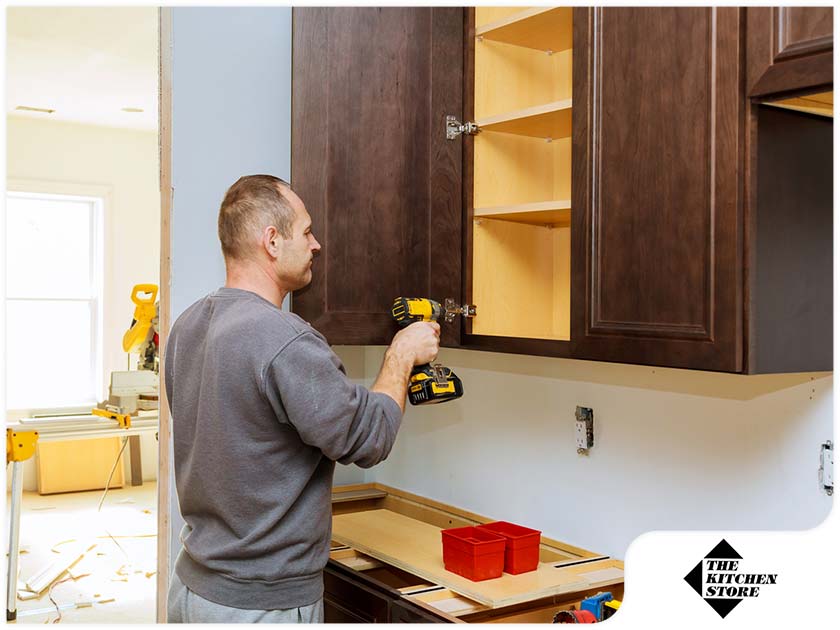 Aside from the quality of materials, proper installation is also crucial in ensuring that kitchen cabinets can bear weight on top. Cabinets that are not properly installed can easily become weak and unstable, leading to potential accidents and damage. Therefore, it is important to hire a professional contractor or follow proper installation guidelines to ensure that your kitchen cabinets are installed correctly and can withstand added weight.
Aside from the quality of materials, proper installation is also crucial in ensuring that kitchen cabinets can bear weight on top. Cabinets that are not properly installed can easily become weak and unstable, leading to potential accidents and damage. Therefore, it is important to hire a professional contractor or follow proper installation guidelines to ensure that your kitchen cabinets are installed correctly and can withstand added weight.
Considerations for Adding Weight on Top of Kitchen Cabinets
 If you are planning on adding weight on top of your kitchen cabinets, whether it be for decorative purposes or for extra storage, there are a few factors to consider. First, make sure that the cabinets are securely attached to the wall and can handle the additional weight. Second, distribute the weight evenly to avoid putting too much stress on a particular section of the cabinets. Lastly, avoid adding excessive weight, as this can lead to sagging or even damage to your cabinets over time.
In conclusion,
kitchen cabinets can bear weight on top as long as they are made from high-quality materials, properly installed, and the weight is distributed evenly.
It is always best to consult with a professional if you have any concerns about the weight-bearing capacity of your kitchen cabinets. With the right materials and installation, your kitchen cabinets can not only provide functionality but also add to the aesthetic appeal of your kitchen.
If you are planning on adding weight on top of your kitchen cabinets, whether it be for decorative purposes or for extra storage, there are a few factors to consider. First, make sure that the cabinets are securely attached to the wall and can handle the additional weight. Second, distribute the weight evenly to avoid putting too much stress on a particular section of the cabinets. Lastly, avoid adding excessive weight, as this can lead to sagging or even damage to your cabinets over time.
In conclusion,
kitchen cabinets can bear weight on top as long as they are made from high-quality materials, properly installed, and the weight is distributed evenly.
It is always best to consult with a professional if you have any concerns about the weight-bearing capacity of your kitchen cabinets. With the right materials and installation, your kitchen cabinets can not only provide functionality but also add to the aesthetic appeal of your kitchen.
